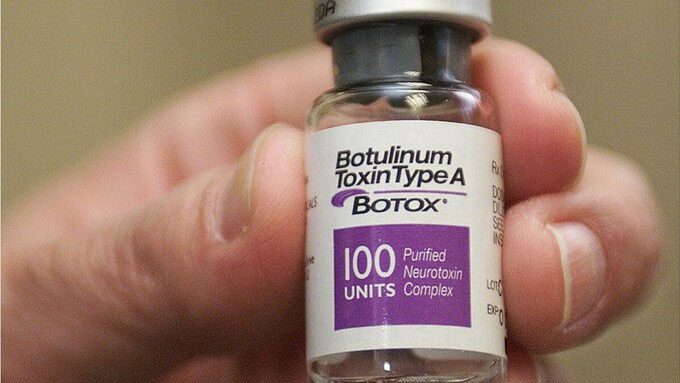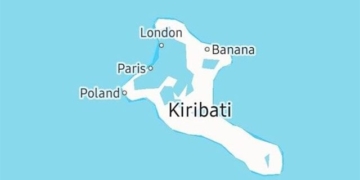Not only is BAT (Botulinum antitoxin heptavalent) expensive, but this treatment for botulinum poisoning has also become scarce for various reasons.
Recently, there have been several cases of botulinum poisoning linked to the consumption of food from unlicensed vendors that lack food safety certifications.
In particular, three cases in Thu Duc City (Ho Chi Minh City) have recently been diagnosed with botulinum poisoning and are currently undergoing treatment amidst a shortage of BAT (Botulinum antitoxin heptavalent) to counteract this toxin.
What is BAT?
BAT (Botulinum antitoxin heptavalent) is a botulinum antitoxin made from horse plasma. BAT contains antibodies such as F(ab′)2 and Fab that can neutralize toxins from all seven types of botulinum: A, B, C, D, E, F, and G.
Botulinum toxins come in seven types: A, B, C, D, E, F, and G. Currently, there are three types of antitoxins available worldwide; however, BAT is the only one that can neutralize all seven types of botulinum, while the other two are effective only against certain types.

BAT prevents botulinum from binding to nerve cell receptors.
To determine which type of botulinum toxin the patient has been infected with before selecting the appropriate medication, extensive testing is required, which can delay critical treatment. Therefore, using BAT is an optimal choice for treating patients with botulinum poisoning.
The antibodies from BAT, when introduced into the body, provide passive immunity by binding to proteins naturally produced by free botulinum. This process prevents botulinum from binding to nerve cell receptors.
The antibodies/antigens will clear the immune complex, lysing foreign cells and facilitating positive changes in the patient’s condition. As a result, BAT can significantly help reduce paralysis and muscle weakness in patients.
To maximize the effectiveness of BAT in treating botulinum poisoning, patients need to be administered the antitoxin as soon as possible.
According to Dr. Le Quoc Hung, Head of the Tropical Diseases Department at Cho Ray Hospital: “In cases of botulinum poisoning where BAT is administered early, the patient can recover from paralysis within 48 to 72 hours without the need for mechanical ventilation.”
Except for some patients with a history of allergies to horses or horse blood products, asthma, or seasonal allergies, alternative treatment methods will be considered, and BAT cannot be used.
BAT is administered to patients via intravenous injection. Medical professionals will determine the dosage. Treatment may take several hours to monitor and evaluate whether further injections are necessary.
Why is BAT Scarce?
Not Mass-Produced, High Cost
Nonetheless, BAT is not a mass-produced medication. Currently, there is only one company in Canada that produces it on demand for governments, countries, and organizations. Thus, it is classified as a rare medication, not only in Vietnam but globally.
The medication imported from Canada costs over $8,000 (nearly 190 million VND) for a 50ml vial. Before 2020, Vietnam did not have access to botulinum antitoxin.
Strict Storage Procedures
In addition, the storage and usage procedures for BAT are very stringent.
BAT must be stored frozen at temperatures ≤ 5 °F (equivalent to ≤ -15 °C) until use. If not thawed, it can be preserved for 48 months from the production date.
Once thawed, BAT can be stored at temperatures from 2 – 8 °C (equivalent to 36 – 46 °F) for up to 36 months. Once thawed, it cannot be refrozen.
Once the vial is opened, all necessary equipment must be prepared, and the injection should be administered to the patient as soon as possible.
BAT is for single use only and cannot be stored for future use if there is any leftover.



















































